Protect your car this monsoon: Parking tips for flood-prone area

- KEY TAKEAWAYS
- 1. Know the flood zones around
- 2. Invest in covered parking spaces
- 3. Park on elevated ground
- 4. Avoid parking near sewers and drains
- 5. Utilize malls & other commercial buildings
- 6. Look for government-designated safe zones
- 7. Install anti-flood devices
- 8. Stay updated on weather alerts
- 9. Create a parking plan for emergencies
- 10. Be prepared for the worst (know what to do if the car gets flooded)
The Philippines, known for its frequent rains and typhoons, is especially vulnerable to flooding during the monsoon season. With heavy downpours occurring regularly from June to October, vehicle owners must be particularly cautious when it comes to parking their cars. In urban centers such as Metro Manila, where flooding is a common problem, protecting your vehicle becomes a crucial concern. Improper parking can lead to water damage, engine failure, and expensive repairs.
KEY TAKEAWAYS
How can I find out if my area is flood-prone?
Check with your local government or consult flood maps provided by the DPWH. You can also use apps or websites that provide real-time flood risk assessments.Are there any devices that can help protect my car from floods?
Yes, several devices can offer additional protection. Flood barriers, waterproof car covers, and anti-flood kits can help minimise water damage to your car.What should I do if my car gets fl
If your car gets submerged in water, avoid trying to start it. Contact a professional mechanic to assess the damage and tow the car to a repair shop.Here’s a guide to help you keep your car safe during the rainy season, with practical parking tips for flood-prone areas.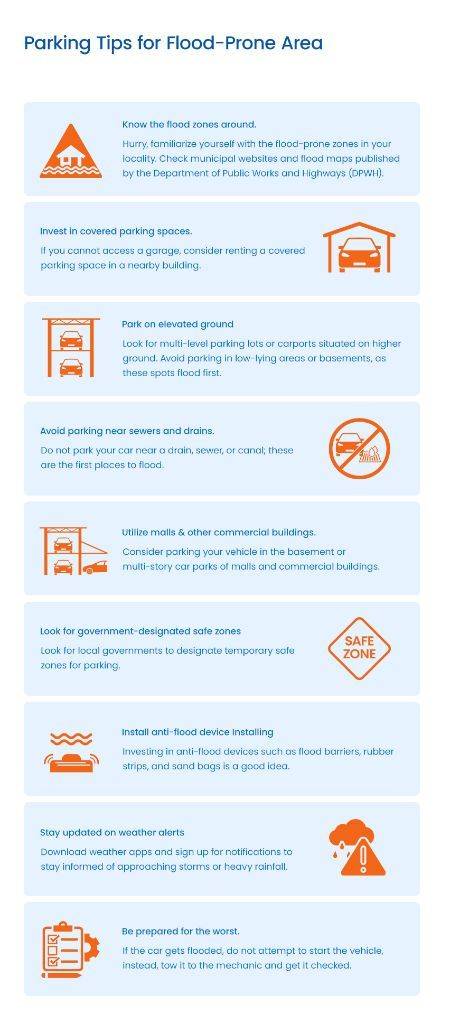
1. Know the flood zones around
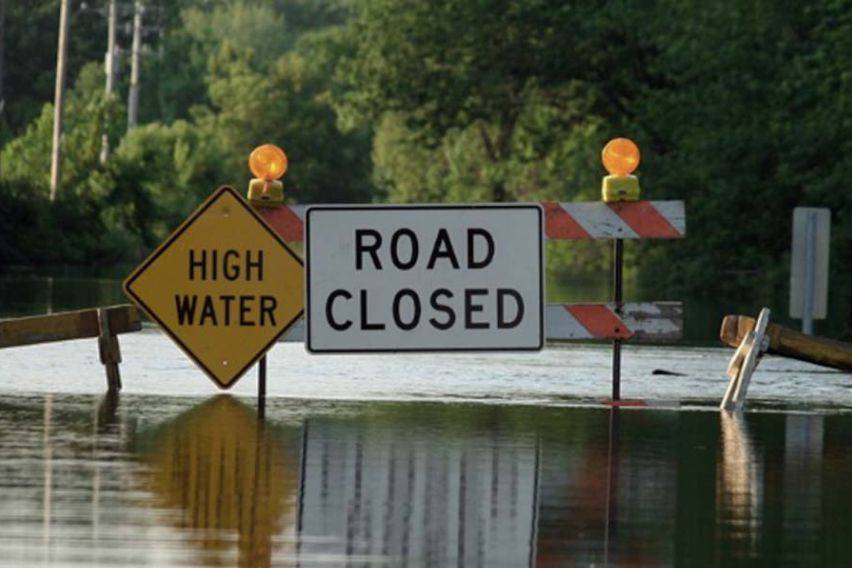
Before the rainy season hits, familiarize yourself with the flood-prone zones in your locality. In the Philippines, areas like Metro Manila, Quezon City, and Marikina are notorious for severe flooding. The best thing is municipal websites and the Department of Public Works and Highways (DPWH) regularly publish flood maps. Knowing which areas are likely to flood allows you to plan and avoid leaving your car in risky spots.
2. Invest in covered parking spaces
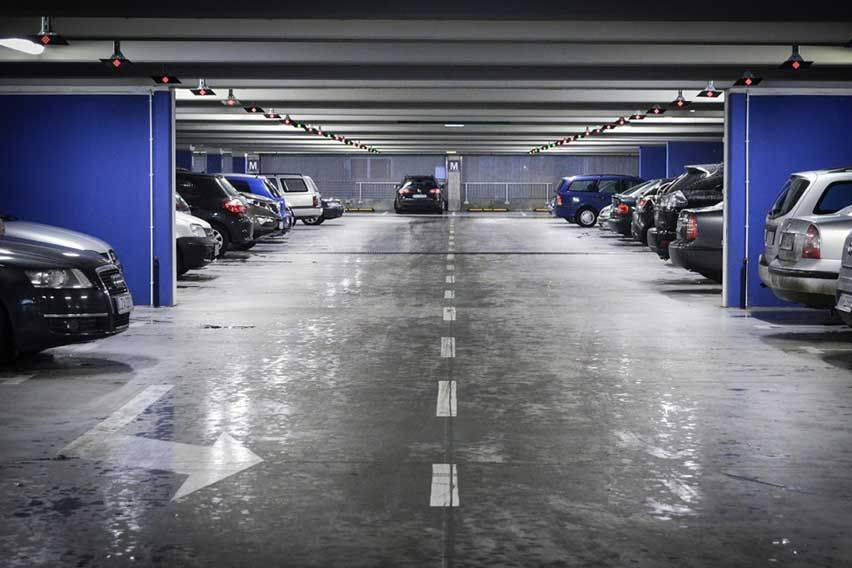
If you live in a flood-prone area, it's essential to seek out safe parking options. While parking on the street may be convenient, it leaves your vehicle vulnerable to water damage. In case you do not have access to a garage, consider renting a covered parking space in a nearby building. These days many malls, office buildings, and residential complexes offer parking spaces that are more secure during heavy rains. Covered parking will protect your car from both floods and falling debris that often accompanies strong winds.
3. Park on elevated ground
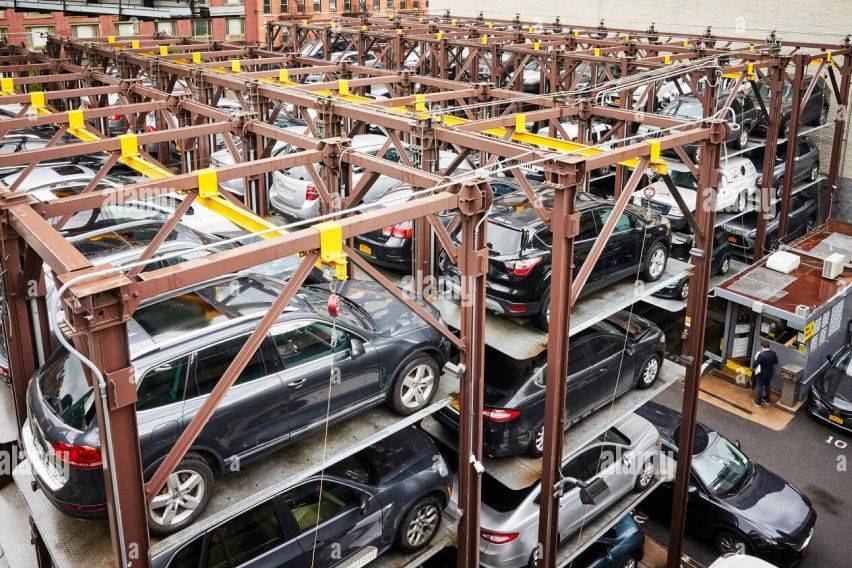
If covered parking is not available, the next best option is parking on elevated ground. Many cities have multi-level parking lots or carports situated on higher ground, which are less likely to be submerged during floods. Alternatively, if you’re parking in an open space, look for areas that are naturally elevated or located on a slope. Always avoid parking in low-lying areas or basements, as these spots flood first.
4. Avoid parking near sewers and drains
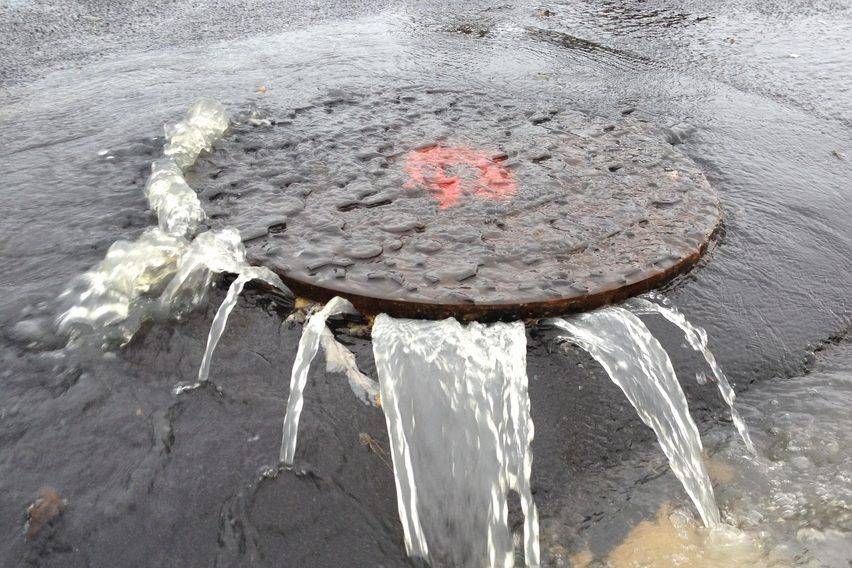
Drains and sewers tend to clog during heavy rains, causing water to back up and flood the surrounding areas. Take note not to park your car near a drain, sewer, or canal, as these are the first places to flood. Floodwaters near these areas often rise quickly and unpredictably, putting your vehicle at greater risk.
5. Utilize malls & other commercial buildings
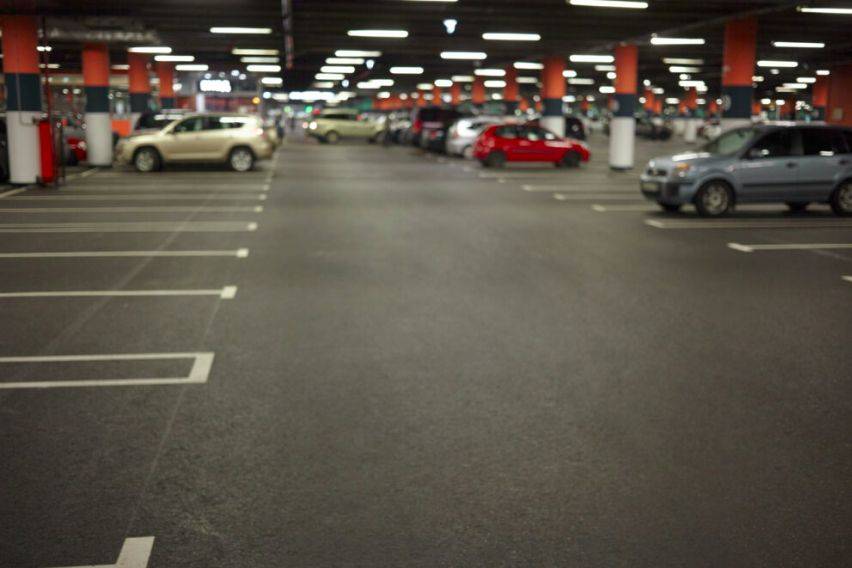
During intense downpours, consider parking your vehicle in the basement or multi-story car parks of malls and commercial buildings. These structures are usually well-maintained and monitored, offering more protection than the streets or open-air lots. As an added benefit, mall car parks are less likely to flood due to their infrastructure being designed to withstand heavy rains.
Note, that it may cost a bit more to park in a mall or other commercial buildings for extended periods, but the expense is far less compared to the water damage or engine repairs. A temporary investment in safer parking is worthwhile during the monsoon season.
6. Look for government-designated safe zones

Local governments sometimes designate temporary safe zones during typhoons or extreme flooding conditions. These safe zones are often situated on high ground or in protected areas and are typically well-regulated by local authorities. It is always a good idea to stay updated on announcements from your local government unit (LGU) about available parking spaces and road closures.
7. Install anti-flood devices
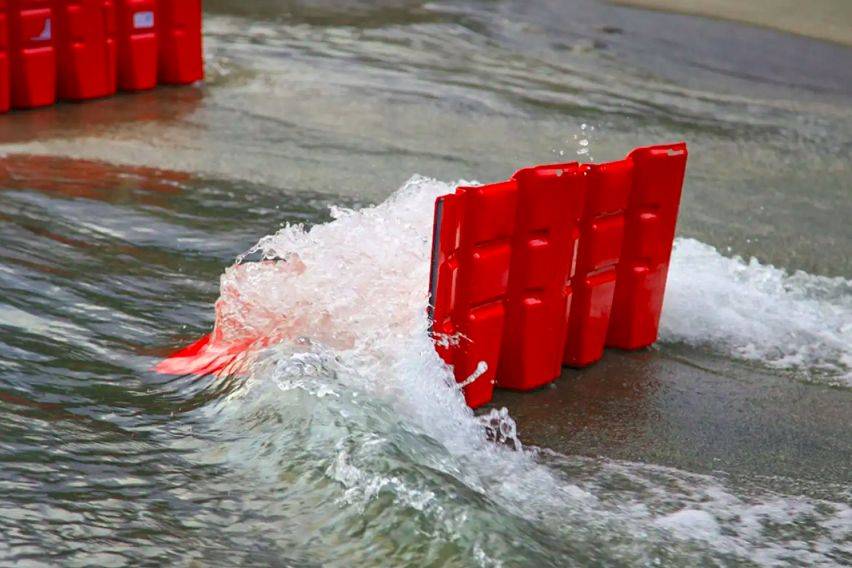
While parking in a safe place is your best option, sometimes it's unavoidable to leave your car in a flood-prone area. In such cases, installing anti-flood devices can be helpful. Tools such as flood barriers, rubber strips, and sandbags can help prevent water from entering your vehicle if it’s exposed to rising waters.
These days companies are also offering waterproof car covers that protect the vehicle’s interior and electric components from getting damaged. Take a note to always keep these items on hand, especially during monsoon season.
8. Stay updated on weather alerts
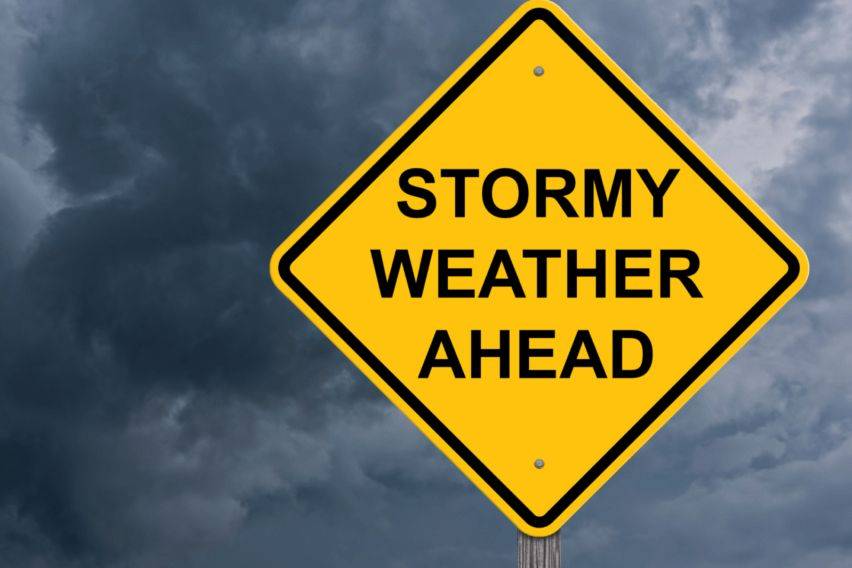
The Philippine Atmospheric, Geophysical, and Astronomical Services Administration (PAGASA) provides real-time weather updates, warnings, and advisories to civilians. Remember to download weather apps and sign up for notifications to stay informed of approaching storms or heavy rainfall. This will give you ample time to move your vehicle to a safer location before the floodwaters rise.
9. Create a parking plan for emergencies
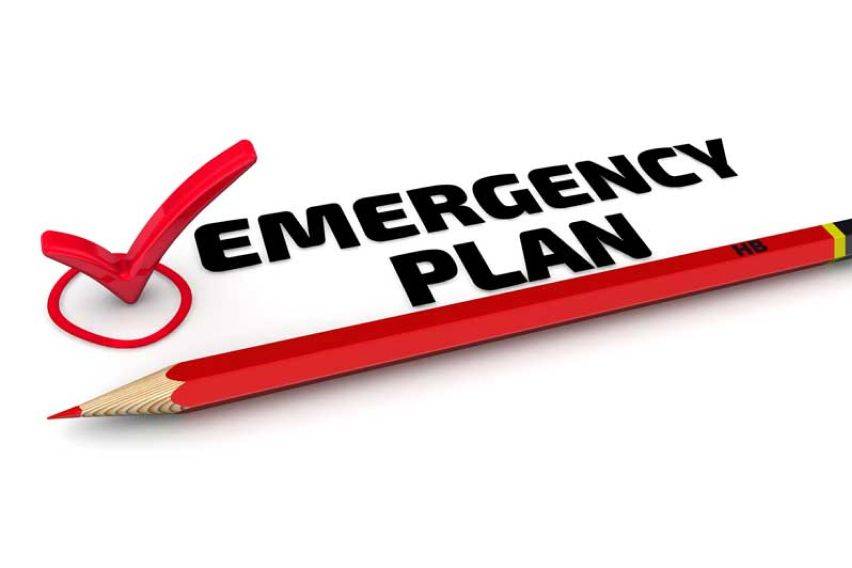
If you live or work in a flood-prone area, it’s crucial to develop an emergency parking plan. Identify nearby parking lots that are elevated or have flood protection in place. Make a list of backup parking options like nearby malls, office buildings, or government-designated safe zones. Share this plan with your family members or neighbors so everyone knows where to park during a flood emergency.
10. Be prepared for the worst (know what to do if the car gets flooded)
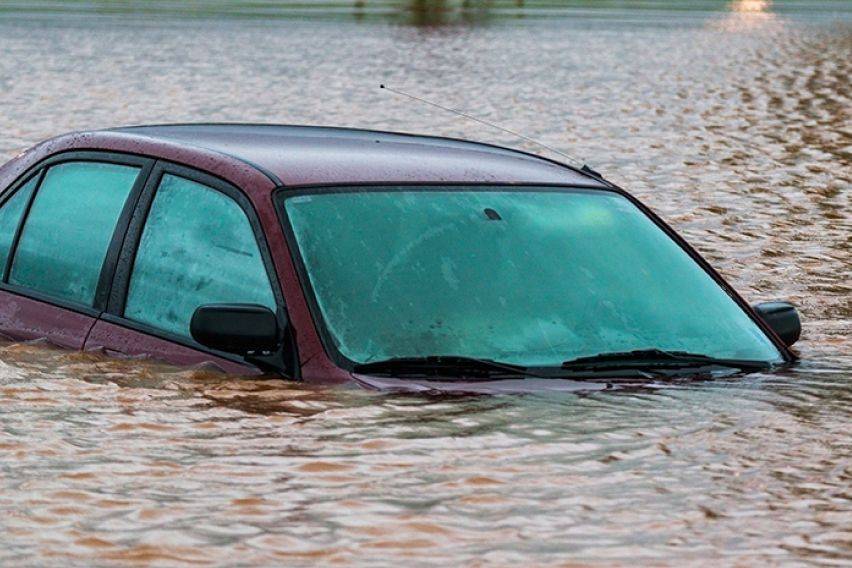
Despite all precautions, your car might still get flooded. In such cases, the first thing you should do is refrain from starting the car. Why? Well, attempting to start a waterlogged car can cause further damage, especially to the engine and the electrical system. Instead, tow the vehicle to a mechanic and get it thoroughly checked. Note, that repair might be costly, but it is essential for safety.
Bottom line
By taking proactive steps and following these parking tips, you can protect your vehicle from flood damage during the rainy season. With careful planning, you’ll be able to minimise the risk to your car and avoid costly repairs.
Also Read: How Can You Avoid Back Pain When Driving?
Featured Articles
- Latest
- Popular
Recommended Articles For You
Featured Cars
- Latest
- Upcoming
- Popular
Car Articles From Zigwheels
- News
- Article Feature
- Advisory Stories
- Road Test
